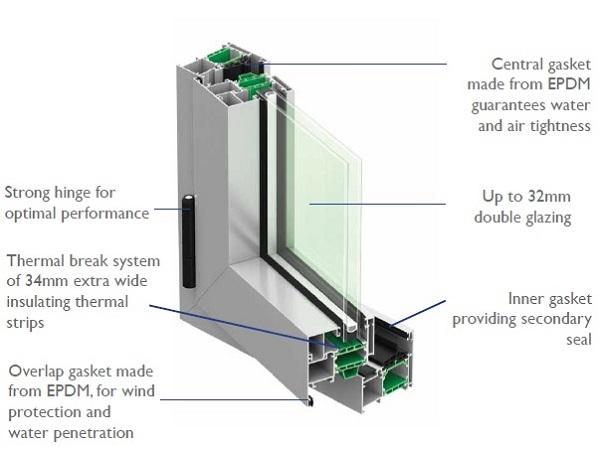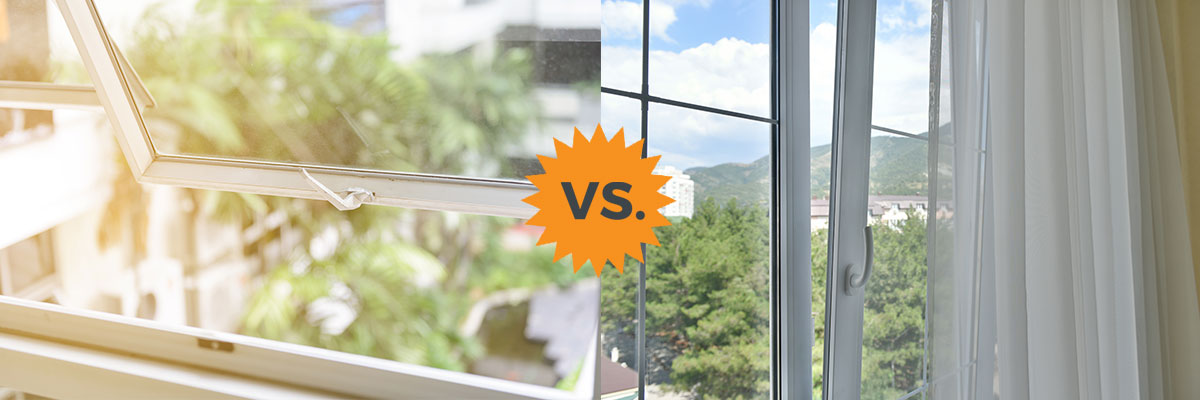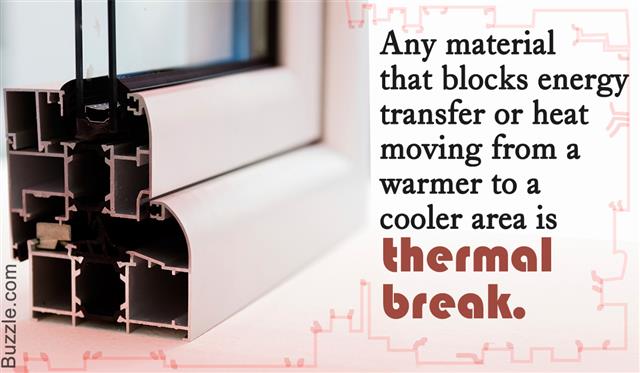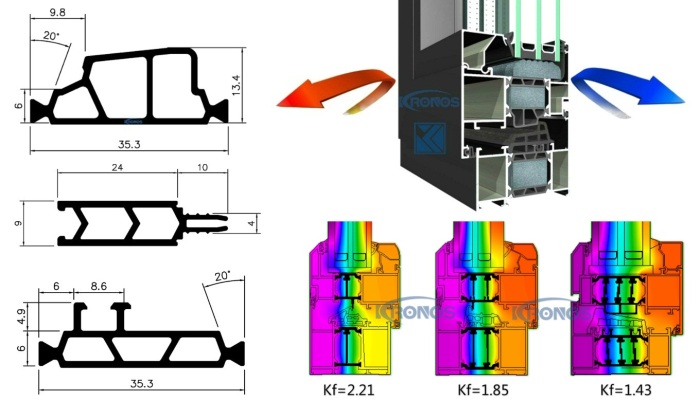Thermal Break Aluminum Windows Vs Vinyl

The most obvious and critical difference between vinyl and aluminum is the superior energy efficiency of vinyl.
Thermal break aluminum windows vs vinyl. Some aluminum windows actually have wood inside aluminum cladding to act as a thermal break. The major drawback to aluminum frame windows is their metal frame they conduct heat easily earning them a high u value. Aluminum windows along with almost all other windows have a return on investment of around 60 to 80. Aluminum is also softer and easier to manipulate so it could fit unusual windows.
Aluminum s main weakness as a window material is that it is a poor insulator. Vinyl windows are less expensive than aluminum. Aluminum is essentially unusable as window material in cold climates unless it includes a thermal break. While you will recoup some of your money with aluminum windows you will recover more money with vinyl windows.
Vinyl window vinyl is itself the best thermal break. Aluminum windows are more costly than vinyl but less costly than wood. Industry estimates vary but vinyl windows generally cost 30 percent less than comparable aluminum windows. Aluminum frame windows offer the low cost and low maintenance of vinyl versions.
These are made of vinyl. Our windows are equipped to perform with large continuous thermal breaks ranging from 1 3 8 to 2 3 8 throughout the frame compared to poorly insulated windows with only a thermal break if that. Aluminum is a very popular fabric to make the frame of windows from but it is also a very conductive metal allowing heat and cold to move around easily. Homeadvisor s vinyl or aluminum window guide compares which is better and pros and cons or each.
The wider the thermal break the better the window will insulate. Materials used in their manufacturing are also very malleable meaning aluminum windows can be tailored for almost any frame shape. Vinyl windows have a return on investment of around 74 which is one of the best investments that can be made in a home. It minimizes heat transfer from the outside of the room to the inside.
Aluminum window thermal breaks are employed in many modern aluminum windows to combat the problem of condensation and increase the windows energy efficiency. For aluminum window frames to insulate well they need what is called a thermal break in which the two halves inner and outer are held together by a non metal insulating material. On average homeowners can expect to pay. Aluminum windows are lightweight strong and durable.
The thermal break aluminum window can also help in noise reduction which some vinyl windows cannot do. Discover the difference between aluminum clad wood vs vinyl clad and how they compare to glass frame windows. Vinyl windows feature the same qualities but are significantly better insulators against heat and cold.













































